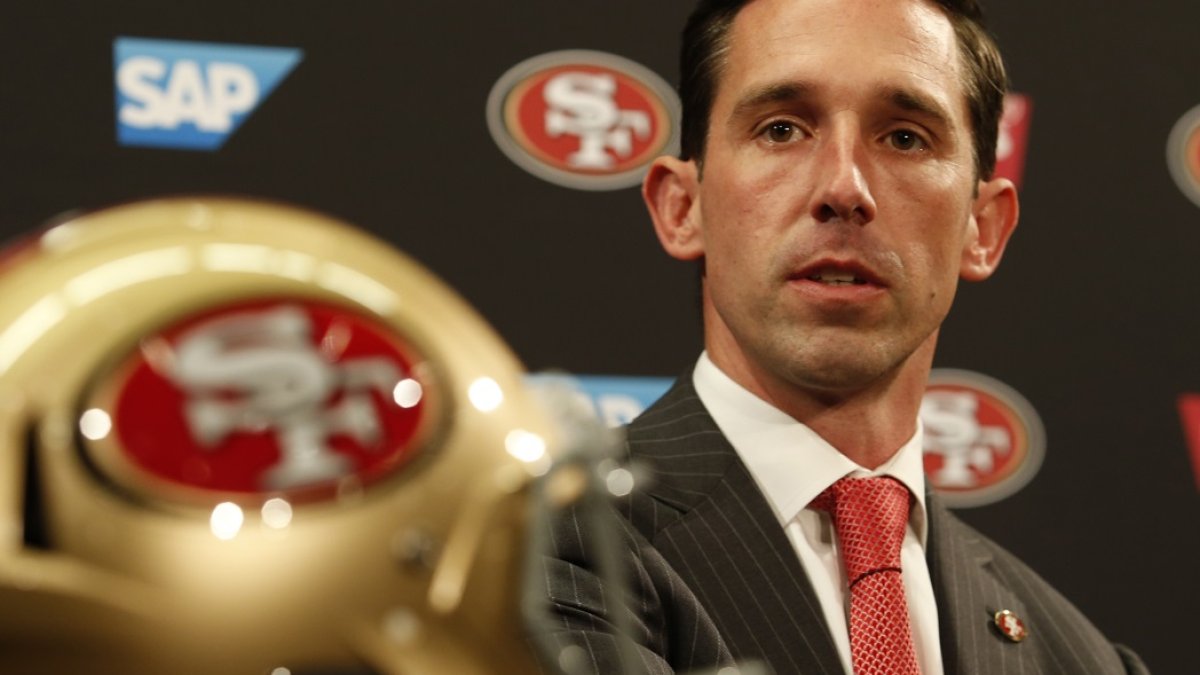Turnover in the NFL is inevitable. While the bigger-named athletes changing jerseys draws most of our attention, the less-heralded changes at offensive coordinator are also worth tracking. These offensive coordinators are typically the ones calling plays and subsequently dictating how often run or pass plays are called, pace of play, and how often each position is targeted. These have significant fantasy football implications and can help provide another layer of context when evaluating these skill players for the upcoming season.
Here are each of the eight changes at offensive coordinator that occurred this offseason in addition to the fantasy impact of each move.
Buffalo Bills (New offensive coordinator: Rick Dennison)
Is there any team that saw a bigger change in both offensive and defensive philosophy than the Bills? New head coach Sean McDermott will introduce his 4-3 defense, and Dennison will bring balance to last year’s second-heaviest run-play-calling unit. Dennison’s offenses in Denver ranked 16th and 15th in pass-play percentage (59.8 percent each year), a big increase from Buffalo’s rankings of 31st (49.9 percent) and 32nd (51.4 percent). While Gary Kubiak called the plays back in Denver, Dennison has been closely tied with Kubiak for several years now and we can reasonably expect some of Kubiak’s tendencies to carry over to Dennison in Buffalo.
Dennison’s likely to implement a West Coast offense that prioritizes short completions and receivers gaining yards after the catch. That should benefit QB Tyrod Taylor, who struggled with accuracy last season, finishing 20th in PFF’s Adjusted Completion Percentage among qualifying quarterbacks (73.2 percent). WR Sammy Watkins looks to be on track to a healthy return to start the season and will need a big year after the team declined to pick up his fifth-year option. Buffalo also drafted WR Zay Jones out of East Carolina in the second round and overhauled most of their wide receiver corps in free agency. Watkins and Jones could form their own poor man’s version of Demaryius Thomas and Emmanuel Sanders, who combined for 49.8 percent and 51.7 percent of the team’s targets the last two years.
RB LeSean McCoy will likely lose some of his rushing volume — he leads the league in total rushing yards over the past two years combined – but he has a great chance to make up for it in receiving. That should leave McCoy in line for another potential RB1 season running behind one of the league’s best offensive lines:
The Buffalo offensive line did an excellent job paving the way for Bills backs in 2016. pic.twitter.com/ckAN30QAmU
— PFF (@PFF) May 23, 2017
RB Jonathan Williams will also come on in relief in what was a favorable spot for last year’s uber-efficient Mike Gillislee. It’s an enviable spot for running backs and one that should provide valuable fantasy production once again despite the change at OC.
Winners: Tyrod Taylor, LeSean McCoy, Zay Jones
Exclusive content for premium subscribers

WANT TO KEEP READING?
Dominate Fantasy Football & Betting with AI-Powered Data & Tools Trusted By All 32 Teams
Already have a subscription? Log in



 © 2025 PFF - all rights reserved.
© 2025 PFF - all rights reserved.